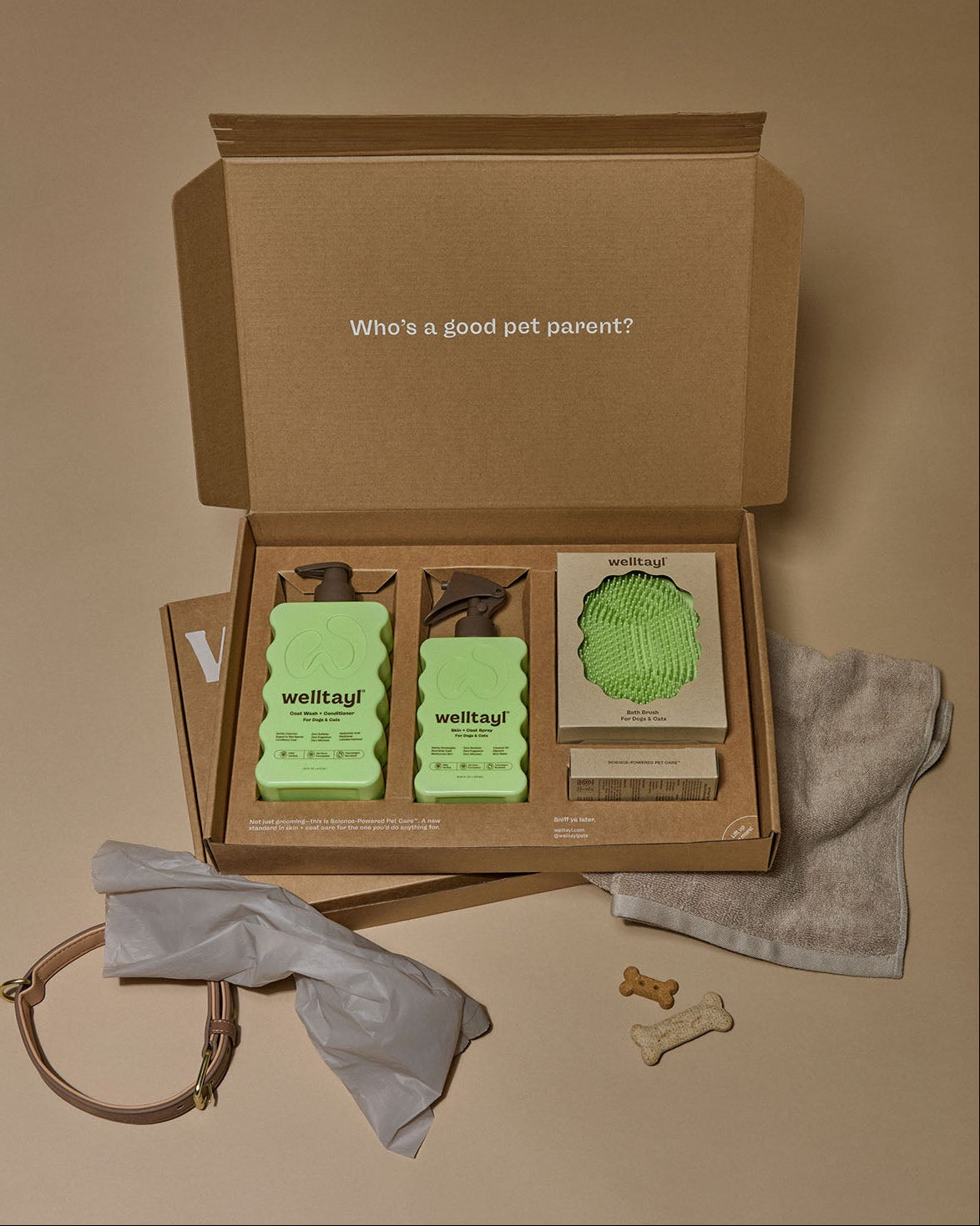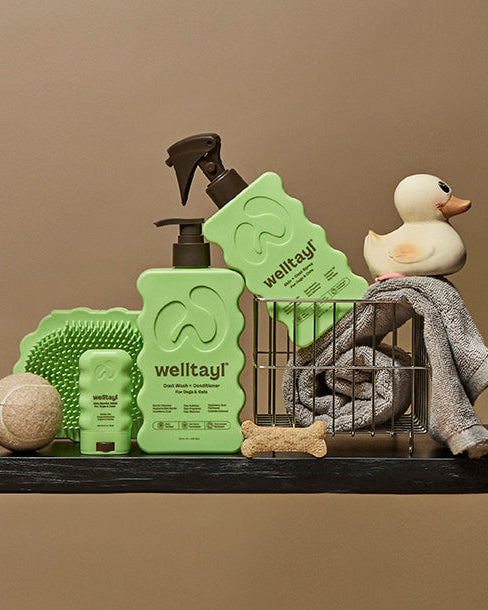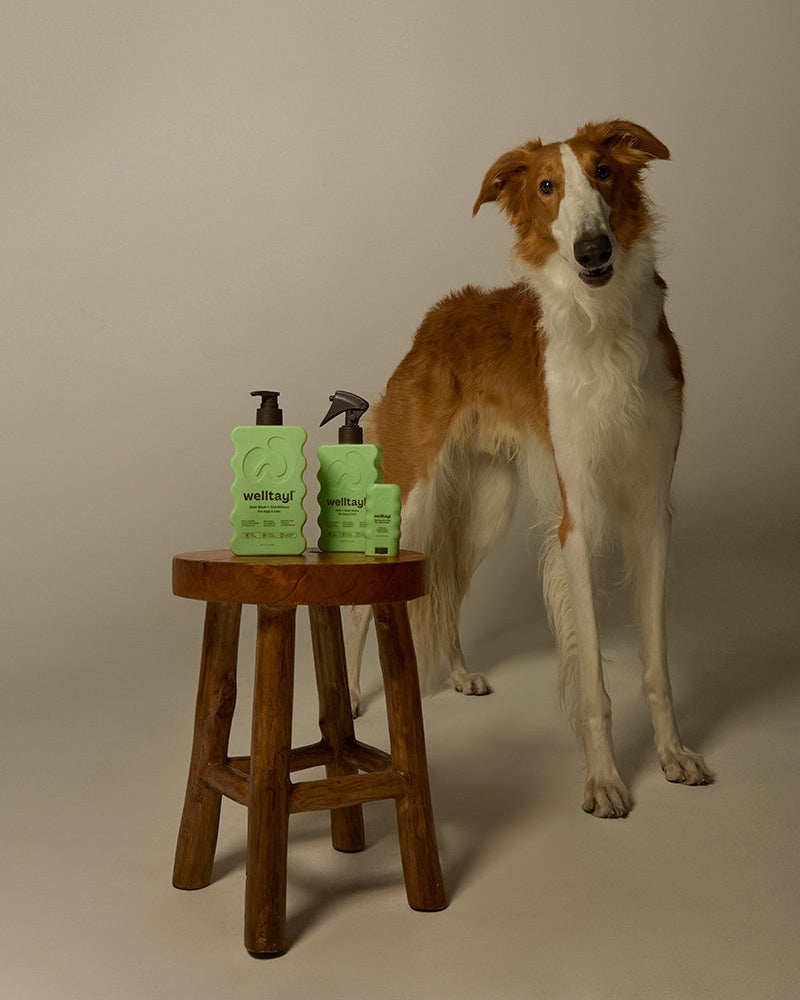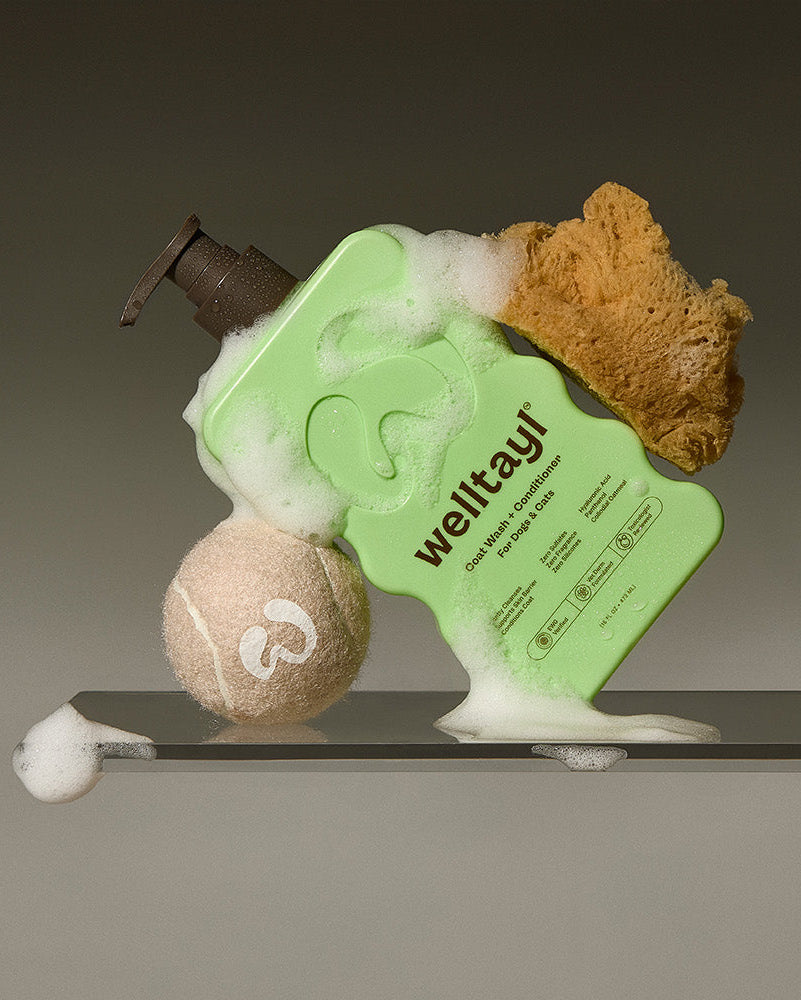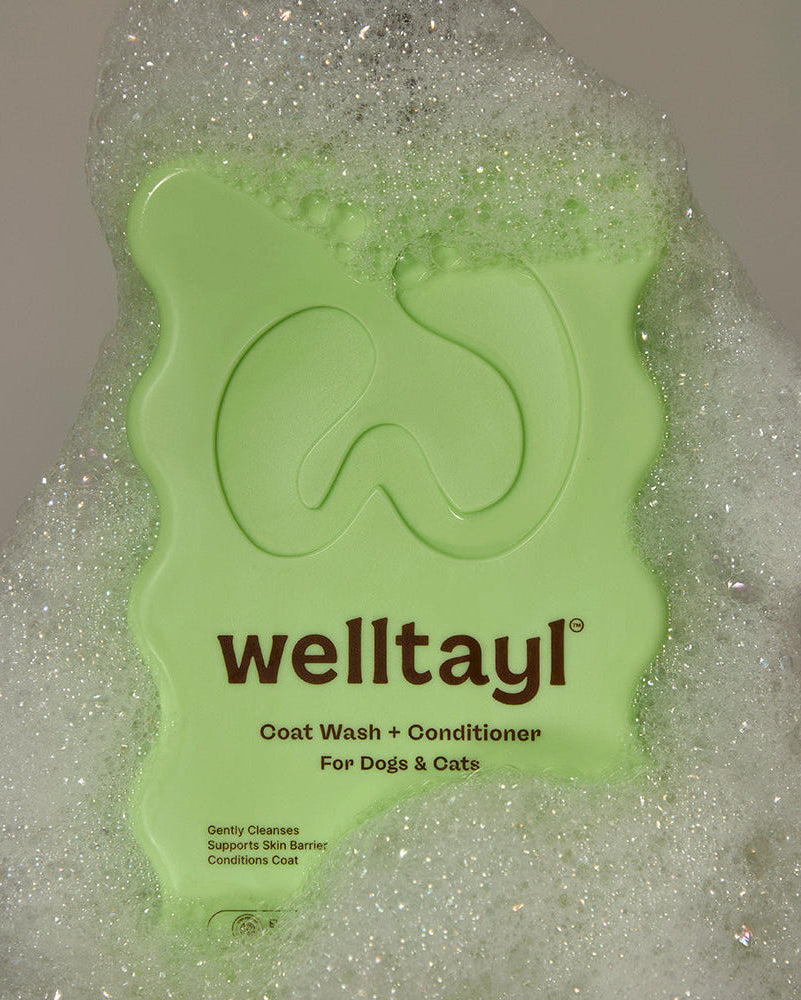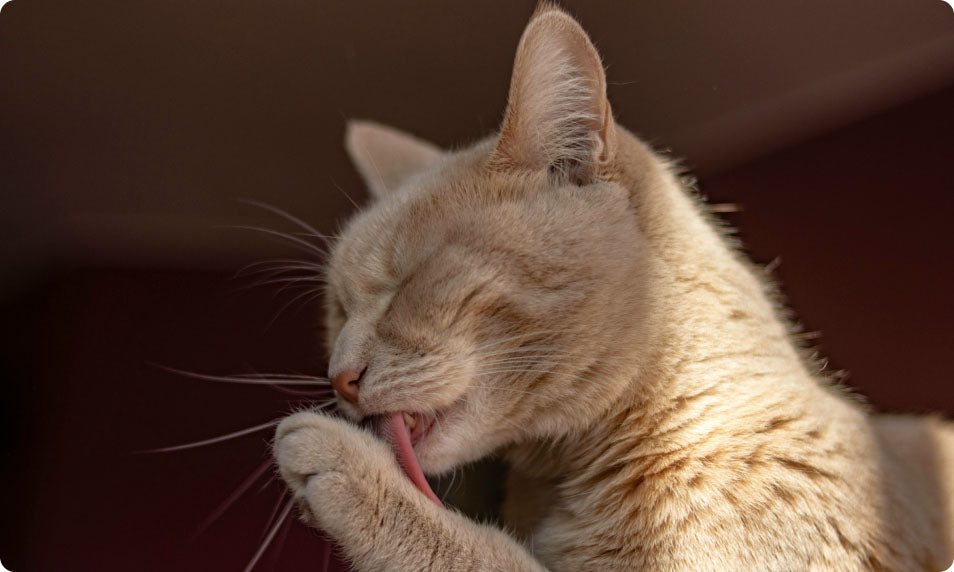A clean cat isn't just a happy cat—it's a healthy one too! Whether it's their shiny coat or bright eyes, keeping your cat clean is essential for their well-being. But let's face it, not all cats enjoy the grooming experience. From nail trims to baths, understanding how to care for your cat's grooming needs can make a huge difference.
You might wonder how cats decide when they're clean enough, or if your grooming help interferes with their natural cleaning habits. It's fascinating to see how these independent creatures maintain such meticulous cleanliness. Stay tuned as we dive into the best practices for keeping your furry friend looking and feeling their best, ensuring a purr-fectly groomed cat without the fuss.
Table of Contents:
- Key Takeaways
- Importance of Cat Cleaning
- Essential Cat Cleaning Tools
- Step-by-Step Guide to Cat Cleaning
- Special Considerations in Cat Cleaning
- Conclusion
- Frequently Asked Questions
Key Takeaways
- ✨ Regular Cleaning is Essential: Regularly cleaning your cat plays a crucial role in their health by reducing hairballs, distributing natural oils for a healthy coat, and detecting early signs of potential health issues.
- 🪥 Proper Tools for Cleaning: Investing in the right grooming tools like brushes, combs, shampoos, and conditioners specific to feline needs is important for effectively maintaining your cat's coat and skin health.
- 🛀 Step-by-Step Cleaning Techniques: Proper brushing, bathing methods, and regular nail and dental care are essential steps in a comprehensive cleaning routine that keeps your cat tidy and comfortable.
- 🧼 Dealing with Specific Cleaning Needs: Addressing cats' unique grooming issues, such as sensitive areas, matted fur, and the needs of senior cats is essential as a pet owner. It is our responsibility to confirm that they receive appropriate and gentle care, preventing discomfort or health problems.
- 👀 Behavioral Insights: Observing and understanding your cat's cleaning behaviors can provide insights into their overall health and help fine-tune your grooming approach to match their needs.
- 🏥 Veterinary Support: Regular check-ups and professional insight from a veterinarian play a critical role in maintaining your cat's cleanliness and health, ensuring timely intervention for any issues.
Importance of Cat Cleaning
Why Cleaning is Essential for Your Cat's Health
Cleaning plays a pivotal role in maintaining your cat's health. Regular brushing removes dirt, grease, and loose hair from your cat's coat, preventing matting and maintaining skin health. Additionally, grooming stimulates the natural oils in your cat's skin, spreading them across the fur to keep the coat shiny and healthy.
Cats are meticulous creatures who often groom themselves. Despite this, they need your help to manage areas they can’t reach or groom effectively. For instance, long-haired breeds require frequent brushing to avoid painful tangles and potential skin infections that become hidden beneath mats.
Moreover, cleaning sessions provide an excellent opportunity to check for signs of health issues like bumps, bald spots, or parasites. Early detection of such issues often leads to quicker diagnosis and treatment, which can prevent more serious health problems.
Understanding Your Cat's Cleaning Behavior
Understanding your cat's grooming behavior is crucial for maintaining their cleanliness and comfort. Cats typically spend a significant portion of their day grooming themselves, using their tongues to clean their fur and reach every part of their bodies.
This self-grooming process not only helps them relax but also aids in temperature regulation and blood circulation. However, excessive cleaning can signal health issues such as stress, allergies, or other skin problems. If you notice your cat grooming too frequently or aggressively (resulting in hair loss or skin lesions), it's essential to consult your veterinarian.
Similarly, a decrease in grooming behavior can indicate underlying health issues like arthritis or obesity. Cats that don't groom themselves thoroughly might suffer from matted fur, which is uncomfortable and can lead to skin infections. As a responsible pet owner, observing changes in your cat's grooming habits can help you catch and address potential health issues early.

Essential Cat Cleaning Tools
Selecting the right tools for cleaning your cat makes the process easier and ensures your feline friend remains comfortable and healthy. Here’s a detailed breakdown of the essential tools you’ll need.
Brushes and Combs
Brushes and combs are indispensable in your cat's grooming routine. For short-haired breeds, a fine-toothed metal comb or a rubber grooming glove effectively removes loose fur and stimulates the skin. On the other hand, long-haired cats benefit from wider-toothed combs and brushes with longer bristles that can untangle knots without pulling the skin. Examples of effective tools include a slicker brush, which helps smooth out fur and remove minor tangles, or a pin brush, which gently teases out more substantial knots without causing discomfort.
Shampoos and Conditioners
Cats typically do not require frequent baths, but when necessary, using the right shampoo and conditioner is crucial. Opt for products specifically designed for cats, as human shampoos can be harsh on their delicate skin. Shampoos formulated for cats can address specific issues like dandruff, allergies, or flea control. Similarly, a good conditioner can help detangle and soften their fur, making subsequent brushing easier. It’s important to choose a tear-free shampoo to prevent irritation to your cat’s eyes.
Nail Clippers and Dental Care Items
Regular nail trimming prevents your cat from developing claw-related issues and reduces the risk of injury from sharp claws. Use specially designed cat nail clippers for a safe and smooth trimming experience. In terms of dental care, regular brushing of your cat's teeth helps prevent plaque and tartar buildup, which can lead to dental disease. Use a toothbrush designed for cats and pet-safe toothpaste. Introducing these routines gradually helps your cat get accustomed to them, thereby reducing stress for both of you during these sessions.

Step-by-Step Guide to Cat Cleaning
Proper cleaning is crucial for maintaining your cat’s health and happiness. Each step in the cleaning process keeps your cat tidy and provides you with the opportunity to check on their health. Here’s a detailed guide to ensure your cat’s cleaning routine is as effective and comfortable as possible.
1. Brushing Techniques and Frequency
Regular brushing helps prevent your cat's fur from matting, which is especially important for long-haired breeds. Start by using a brush suitable for your cat’s fur type. For short-haired cats, a fine-toothed comb or a rubber grooming brush once a week suffices. Long-haired cats require more frequent brushing, about every other day, to prevent tangles and mats.
Use gentle strokes that go from head to tail, remembering to brush in the direction of the hair growth to avoid discomfort. Brushing removes excess hair and dirt and helps distribute natural skin oils throughout the coat, promoting a healthy shine.
2. Proper Bathing Methods
Cats generally keep themselves clean, but there are times when bathing is necessary, especially for outdoor cats or those with long hair. When it's bath time, use lukewarm water and a cat-specific shampoo. Never use products meant for humans, as they can irritate your cat's skin.
Wet your cat's coat thoroughly, avoiding the face, ears, and eyes. Apply shampoo gently, working it through the coat, and finish by rinsing thoroughly, ensuring no residue remains. Always keep the bathroom door closed to prevent escape, and use a soft towel to dry your cat afterward.
3. Nail Care Basics
Trimming your cat’s nails every 2–4 weeks can prevent overgrowth and reduce the risk of injury. Use a dedicated cat nail clipper and be careful to avoid cutting into the quick—the pink area within the nail that contains blood vessels and nerves.
If your cat resists, gradually accustom them to the process by gently handling their paws regularly. Reward cooperation with treats or playtime to make nail-trimming a more positive experience. You may also consider an extra set of hands for a nail trim to help hold your cat still or to help with distraction during trimming.
4. Dental Hygiene for Cats
Dental care is often overlooked but is critically important. Start dental hygiene early to prevent diseases such as gingivitis. Brush your cat's teeth daily with a vet-approved pet toothpaste and a toothbrush designed for cats. Never use human toothpaste, as it contains ingredients that can harm your cat.
Regularly check your cat's teeth for signs of dental problems like bad breath, red gums, or discolored teeth. Consult your vet promptly if you notice any issues.
5. Ear and Eye Care Tips
Ears and eyes should be checked weekly for cleanliness and signs of infection. For the ears, use a vet-recommended ear cleaner and a cotton ball to gently wipe out excess wax and debris. Never insert anything into the ear canal.
For the eyes, use a soft, damp cloth to wipe any discharge that may collect in the corners. Use a separate area of the cloth for each eye to avoid spreading any potential infection.
Special Considerations in Cat Cleaning
Caring for your cat involves more than the occasional brush-through. When cleaning your feline friend, paying attention to sensitive areas, addressing matted fur, and understanding the needs of senior cats are crucial. Never force your cat to participate in a grooming session. If they become irritated, stop and redirect them to a more positive interaction, such as letting them rest in their favorite safe space.
Handling Sensitive Areas
It's inevitable that you'll need to address your cat's sensitive areas, including the face, belly, and the base of the tail—these areas can make your cat uneasy.
- Approach gently: Use a soft brush and light strokes.
- Be observant: Watch for any signs of discomfort, such as twitching or trying to move away.
- Reward your cat: Offering verbal praise and treats might make them more cooperative for future grooming sessions.
By handling these areas with care, your grooming session will become a pleasant experience for both you and your cat.
Dealing with Matted Fur
Matted fur isn't just unsightly; it can cause discomfort and skin irritation in cats. It occurs most often in long-haired breeds but can affect any cat.
- Identify: Locate mats and tangles before they become severe.
- Use the right tools: A wide-toothed comb or a mat splitter can help.
- Work slowly: Patience is key to detangling without causing pain.
If mats are too tight, consider visiting a professional groomer rather than risking injury with scissors, or use a skin + coat spray to help loosen mats before brushing.
Cleaning Senior Cats
As cats age, their cleaning needs change. Senior cats might struggle with self-grooming due to arthritis or fatigue.
- Increase brushing session frequency: Help reduce the buildup of dirt and oils.
- Be mindful of their comfort: Use grooming sessions as a chance to check for bumps, lumps, or signs of pain.
- Maintain a regular schedule: Keeping your senior cat's skin and coat healthy is crucial as they become less agile.
Effective cleaning helps maintain your aging cat's quality of life by preventing discomfort from overgrown nails, matted fur, and unattended dental health issues.
Want more helpful tips on how to keep your feline looking and feeling fabulous? Join the Welltayl newsletter today! You'll get the latest in cat care, straight to your inbox. Click here to sign up and become a part of our growing community of cat lovers.
Conclusion
Taking the time to groom your cat not only enhances their appearance, but significantly contributes to their overall health and happiness. By incorporating the right cleaning practices, you'll help your cat avoid common health issues and provide them with a comfortable life. Remember to handle their cleaning with the gentleness and patience they deserve, especially as they age. Stay connected through our newsletter for more insights and support as you continue to care for your beloved feline friend.
Frequently Asked Questions About Cat Cleaning
How Often Do Cats Need to Be Cleaned?
Most cats are excellent self-groomers and only need occasional bathing:
- Long-haired cats may need brushing 1–2 times per week
- Short-haired cats can usually get by with brushing every 1–2 weeks
- Bathing is typically only needed every 2–3 months for indoor cats and only if they get dirty or are not grooming themselves adequately.
What is the Best Way to Clean a Cat?
The best way to clean a cat is:
- Brush regularly with a de-shedding tool to remove loose hair
- Use a damp cloth or cat-safe wipes for spot cleaning
- Only bathe with a cat-specific shampoo when necessary
- Trim nails monthly and clean ears with a pet-safe solution
Do Indoor Cats Need to Be Cleaned?
Yes, indoor cats still need regular grooming:
- Brushing removes loose hair and prevents hairballs
- Occasional bathing keeps their coat clean and healthy
- Nail trims prevent overgrown nails from snagging
- Ear cleaning prevents wax buildup
Is It Worth Taking a Cat to a Groomer?
Professional cat grooming can be worthwhile for:
- Long-haired breeds that mat easily
- Elderly or overweight cats who can't groom properly
- Severely matted coats that need shaving
- Owners who lack time or ability to groom their cat
Most short-haired house cats can be groomed at home with the right tools and techniques.
How often should I brush my cat?
Brushing frequency should vary depending on your cat’s fur length and type and tolerance. Short-haired cats may require weekly brushing, while long-haired cats might need brushing several times a week to prevent tangles and matting.
What tools are recommended for cleaning my cat?
Choose the right tools based on your cat’s fur type. A fine-toothed comb or a soft-bristled brush is generally adequate for most cats. For cats with matted fur, specialized dematting tools may be necessary. Always use tools gently to avoid discomfort.
How do I handle my cat’s sensitive areas during cleaning?
Sensitive areas such as the face, belly, and paws should be handled with extra care. Use a soft brush and gentle strokes. If your cat resists, take breaks and gradually acclimate them to being touched in these areas.
What should I do if my cat’s fur is severely matted?
For severely matted fur, consult a professional groomer or your vet. Do not attempt to cut out mats with scissors as this can risk injuring your cat. Specialized tools and techniques are required to safely remove mats without causing stress or pain.
Resources:
- ”Impact of grooming on overall health," PubMed
- “Consequence of matted hair and overgrown nails," NCBI
- “Self-grooming in cats," NCBI, PubMed
- “Preventative dental care in cats," NCBI
Read more

Learn about the dangers of using human sunscreen on dogs. Discover safe sunscreen options and application tips to protect your furry friend. Read more here!
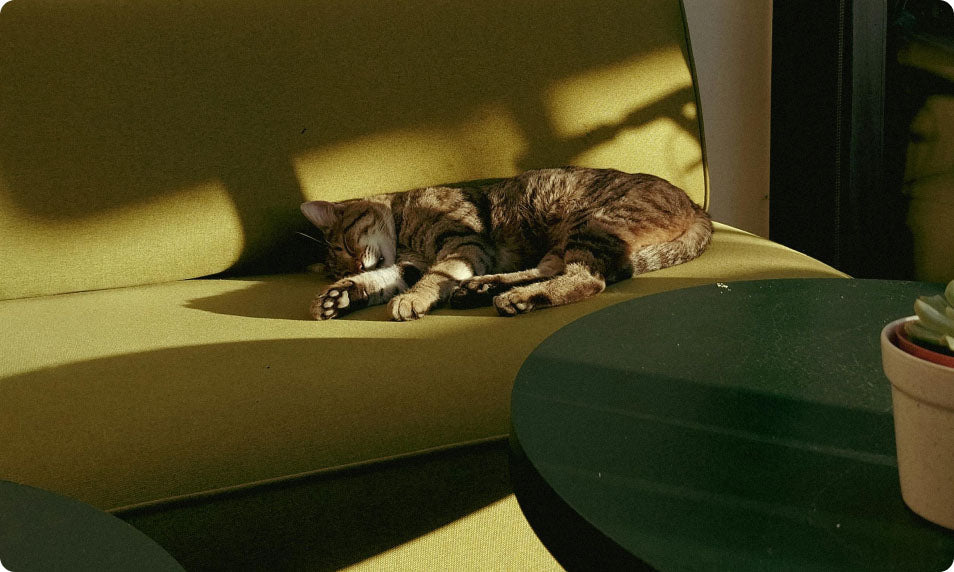
Discover how to protect your cat from harmful UV rays. Learn the signs of sunburn, safe sunscreens, and prevention tips to keep your feline safe. Read more!

